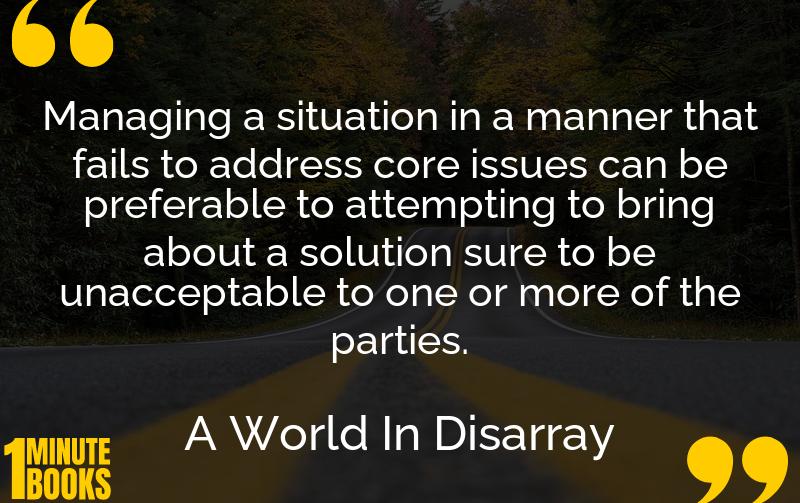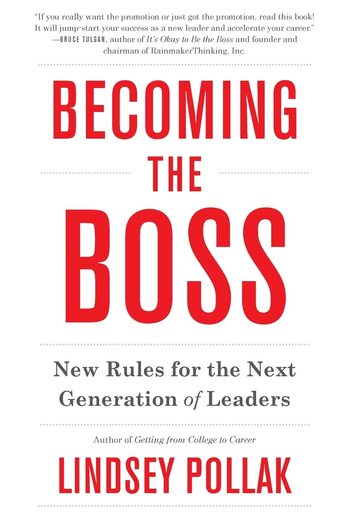
A World in Disarray examines post-WWII global affairs, advocating for diplomatic efforts to foster global peace and stability amidst looming conflicts and superpower dynamics.
Main Lessons
- Power balances, nuclear deterrence, and economic agreements have contributed to a relatively peaceful international order since WWII.
- The NATO alliance unified military efforts of Western nations, deterring potential aggressors.
- The Bretton Woods system established economic unity post-WWII, stabilizing international currencies.
- Nuclear weapons serve as a powerful deterrent against major global conflicts.
- The Rwandan tragedy highlighted the need for effective international intervention policies.
- The ‘Responsibility to Protect’ doctrine allows intervention to prevent genocide, even with military force if necessary.
- Uncoordinated global responses to crises like Syria demonstrate challenges in intervention policies.
- Global peace depends on cooperative relations between superpowers like the US, China, and Russia.
- Building strong international relationships can enhance economic stability and global peace.
- Cooperation over isolationism can yield mutual benefits for nations globally.
- Economic collaboration among superpowers can bolster global economic growth and prosperity.
- The US should prioritize diplomatic efforts over intervention to support international stability.
- A flourishing and content coexistence between superpowers fosters a stable world order.
- Global peace requires proactive, cooperative diplomacy to manage and prevent conflicts.
- There’s a potential for world peace if major powers prioritize mutual respect and partnership.








